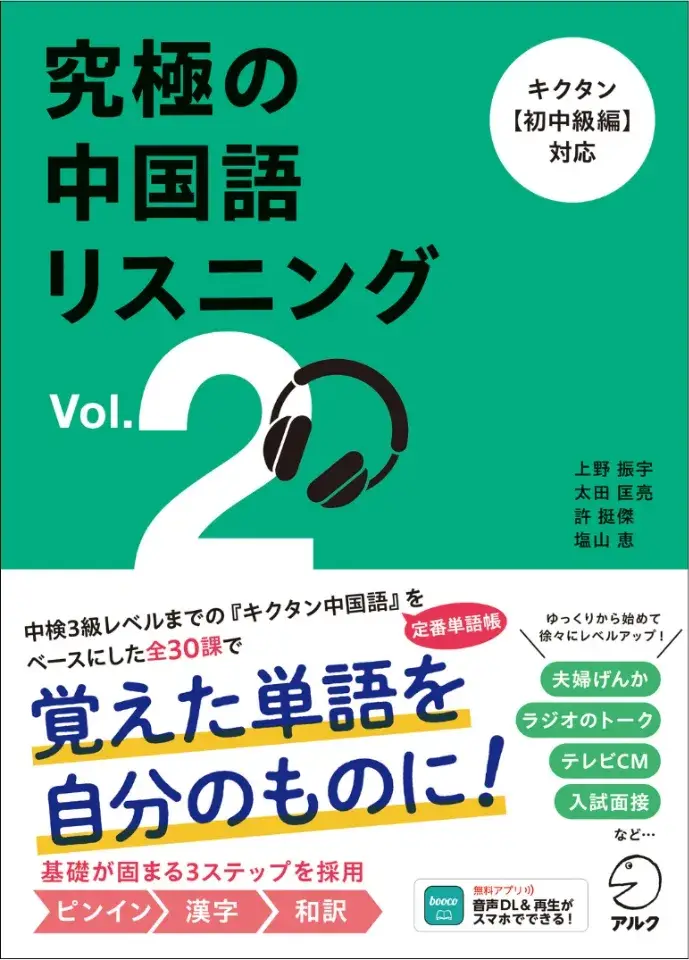
じっとりとした梅雨は苦手な人も多いものですが、ほんの少し角度を変えてみると、美しい日本の側面も見つかるものです。本記事では梅雨について、英語で紹介します。
Question
How do you explain what tsuyu is in English?
(梅雨を英語で説明すると?)
日本の四季は美しいものですが、じっとり梅雨は苦手な人も多いものです。でも、ほんの少し角度を変えてみると、美しい日本の側面も見つかるものです。今回は、梅雨を見直してみましょう。
梅の雨は、日本の季節を表す言葉
“Plum rain” is the word that expresses a season in Japan
The rainy season, tsuyu, lasts from the beginning of June to mid-July in mainland Japan. It affects Okinawa about a month earlier but does not reach Hokkaido. Tsuyu literally means plum rain. One of the reasons why it's called tsuyu is that it occurs when plums are ripening. The phrase “plum rain” therefore embodies various aspects of Japan in this season.
日本の雨季である梅雨は、日本全体で6月初旬頃に始まり、7月中旬くらいに終わります。日本の南部の沖縄の島々は1カ月早く始まり、(北部にある)北海道はほとんど梅雨の影響を受けないのも特徴。梅雨は、文字通り“梅”の“雨”を意味し、由来は多種あるものの、この季節が梅の実が熟す季節から来ているからとされるなど、“梅雨”はこの季節の日本のいろんな側面を表した言葉なのです。
気象庁も予測不能
Even the weather bureau cannot forecast it properly
The weather bureau announces the beginning and the end of tsuyu every year, but sometimes they are uncertain of exactly when it will start or when it has finished and so they have to make their announcements afterward. During tsuyu it does not rain every day, but the weather varies from intensive downpours to occasional sprinkles. It tends to be very humid so people avoid hanging the laundry outside and are watchful for any signs of mold . The Japanese tend to dislike the effects of the season on their daily life, while enjoying its cultural traditions.
気象庁は梅雨入りと梅雨明けを発表しますが、時に予報ができずに既に梅雨に入ってからや梅雨が開けてから発表することもあります。 梅雨の期間は毎日雨というわけではなく、集中的な豪雨の時もあれば、時々しとしと雨のことも。とても湿気が高い季節のため、洗濯物を外に干すことは避け、黴(かび)などにも注意を払います。そのため生活面ではこの季節を嫌う人も多くみられるものの、文化的な伝統から楽しむ面もあるのです……。
梅雨だからこそ美しい文化
Beautiful cultural matters in the rainy season
Some sights, such as wooden temples, gardens and old houses are rather attractive in the season's rain and mist and these conditions make for an atmospheric visit. The appreciation of the light and shadow of such settings is celebrated in many aspects of Japanese culture from architecture to food. Some architecture is constructed to facilitate the enjoyment of the sound of raindrops. Also , people enjoy seeing hydrangeas in the rain.
寺、庭園、古い家など、雨や霧の中でむしろ魅力的で雰囲気がよく見える場所もあります。日本文化では、家屋から食べ物まであらゆる面で陰翳(いんえい)を楽しむように作られているのです。建物によっては、雨音を愛でるように作られているものもあり、雨の中でのアジサイ鑑賞を楽しむ姿も見られます。
Answer
Tsuyu is the rainy season in early summer in Japan. It starts around the beginning of June and ends in mid -July. Hokkaido, the northern island of Japan, is least affected by the rainy season.
梅雨は日本の初夏の雨季のこと。6月初旬に始まり、7月中旬ごろに終わります。日本の北にある北海道だけは、ほとんど梅雨の影響を受けません。
執筆:上野陽子(うえのようこ)
カナダ・オーストラリアに留学ののち、ボストン大学コミュニケーション学部修士課程ジャーナリズム専攻、東北大学博士前期課程人間社会情報科学専攻修了。通信社の国際金融情報部、出版社にて国内・海外の取材記事や交渉ほかを担当。海外通販会社の役員を経て、諸媒体の翻訳・執筆・プロデュース などを手がける。 著書に『 コトバのギフト~輝く女性の100名言 』(講談社)、『 スティーブ・ジョブズに学ぶ英語プレゼン 』(日経BP社)ほか多数。仕事と趣味で旅した国は50カ国を超える。
boocoで読める!アルクの新刊、続々登場
語学アプリ「booco」なら、アルクのベストセラー書籍200タイトル以上が、学習し放題!
「キクタン」などアルクの人気書籍800冊以上が音声対応。「読む」に対応した書籍では、本文と音声をスマホで手軽に利用できるほか、一部の書籍では、学習定着をサポートするクイズ機能で日々の復習や力試しも可能です。さらに、Plusプランに加入すれば200冊以上の書籍が学習し放題に!
boocoの「読む」機能では、次のような使い方ができます。
① 学習したいページを見ながら音声を再生できる
② 文字サイズや画面の明るさを調整できる
③ 書籍内検索ができる
※ これらの機能には一部の書籍が対応しています。

▼「booco」の無料ダウンロードはこちらから





